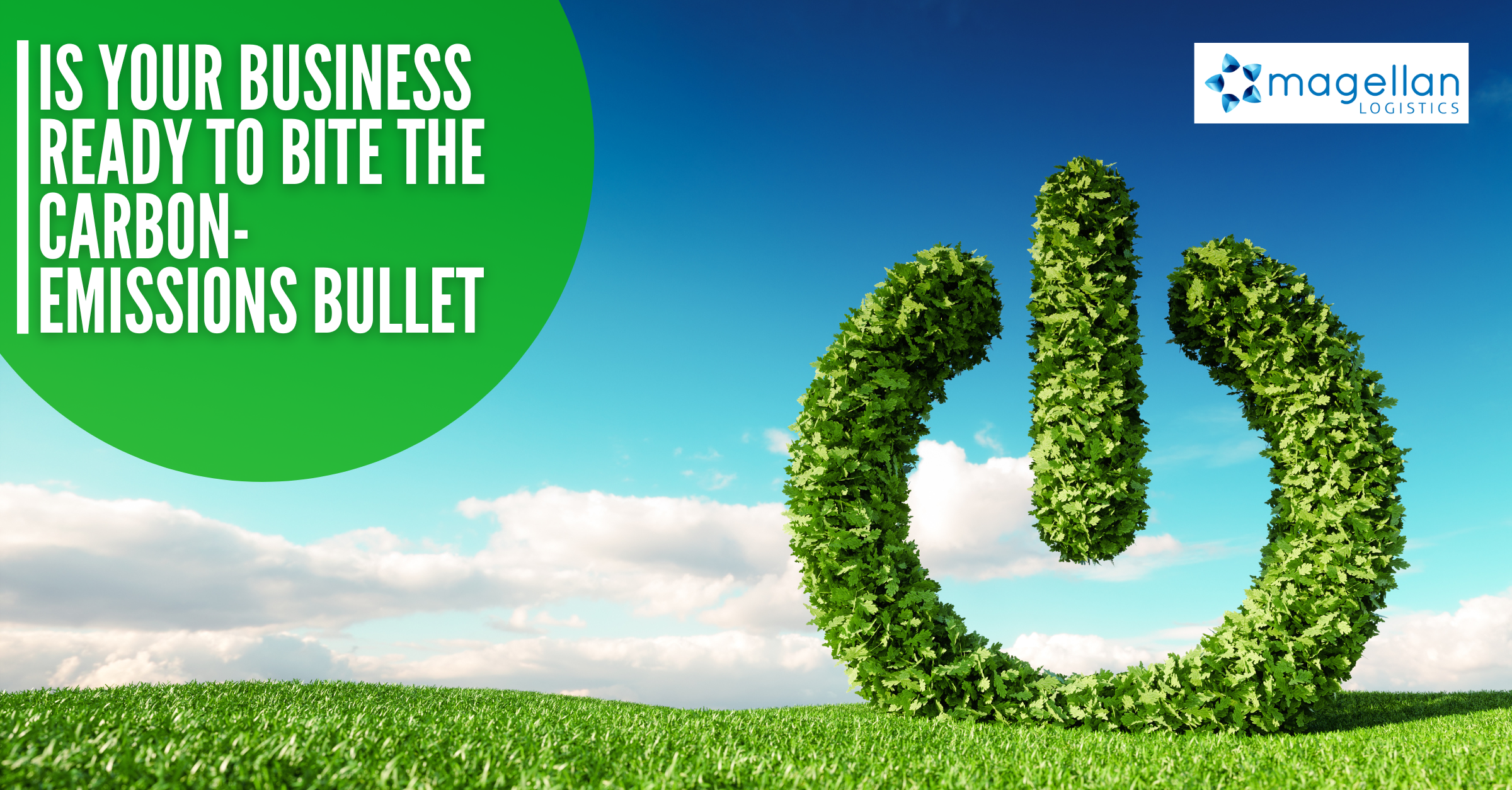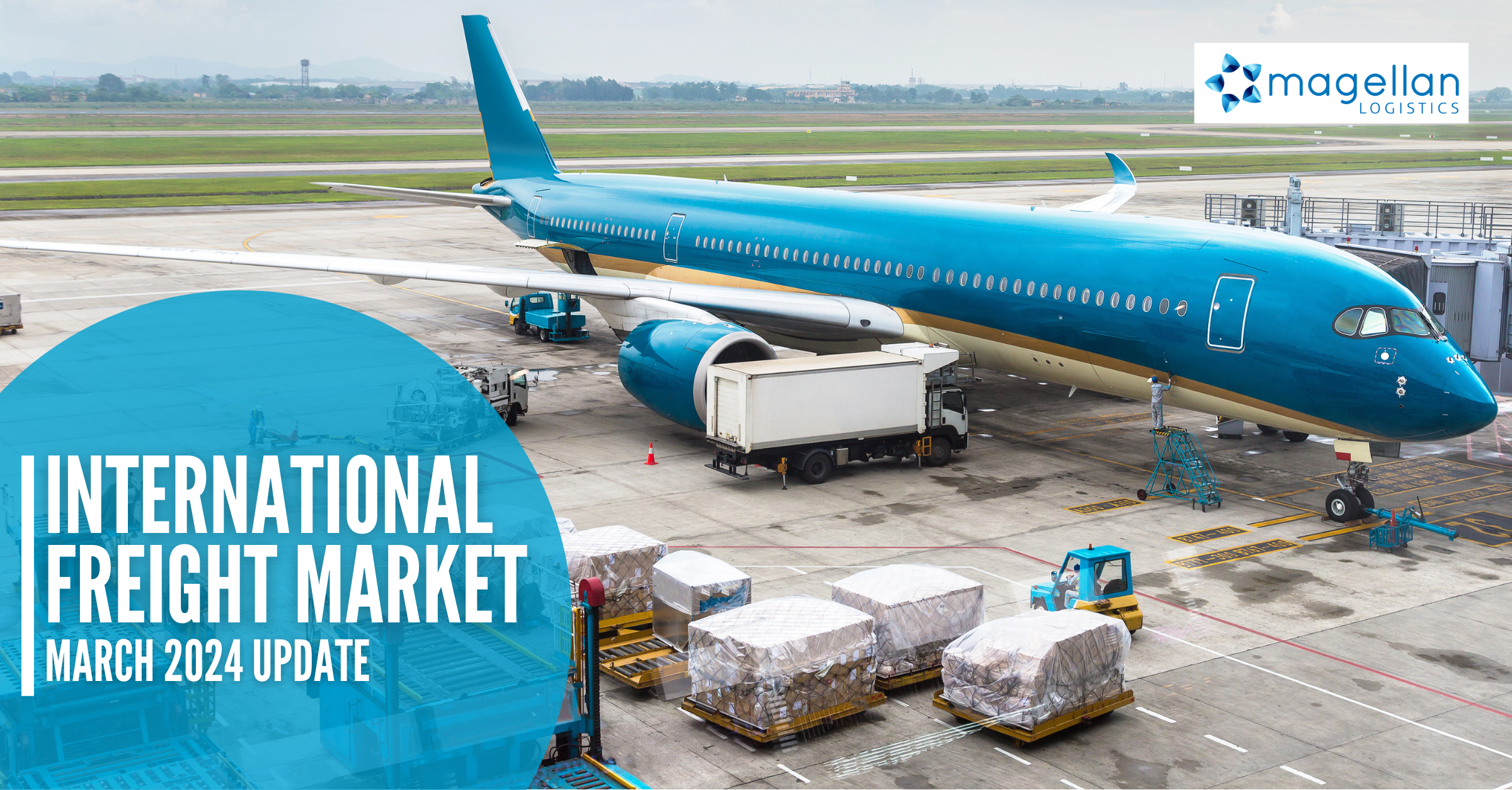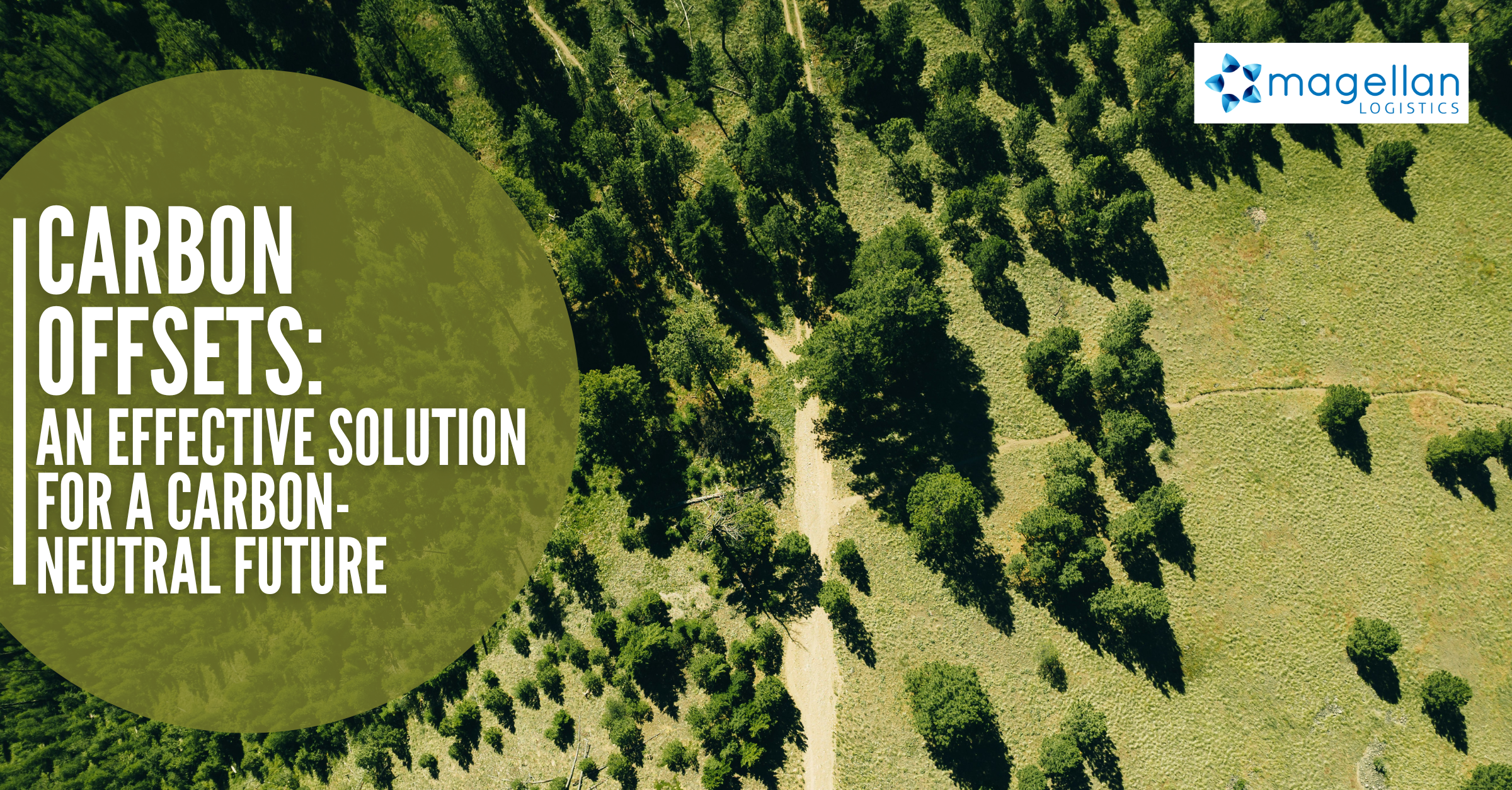Recently, It Just Got Serious
The US and the EU have taken off the gloves when trading with overseas producers who fail to green their manufacturing processes. Jointly, these two economic heavyweights hold a 32% share of world goods imported.1 Where the US and EU lead, many will follow. The ‘European Green Deal’ aims to achieve a 55% reduction in the EU’s 1990-level carbon emissions by 2030 and a carbon-neutral continent by 2050. To achieve these targets, the EU is about to introduce its ‘Carbon Border Adjustment Mechanism’ to ensure all imported products are priced on a par with European domestic goods that have attracted a carbon price.2
Similar moves are afoot in the US, Japan, the UK, and Canada to add tariffs to imported goods that do not carry a carbon charge.
According to The Guardian, “It stands to reason that if more countries adopt carbon tariffs, more Australian industries will be hit;” and “Planning for that — and a world in which the global community expects the cost of emissions to be reflected in government policy — may be a good idea”.
It seems there is already strong support for that idea amongst Australian businesses. A 2020 Carbon Market Institute survey of over 200 firms found that “96% believe Australia should not delay the transition to a decarbonised economy”.3
Indeed, since then, the Australian Government has begun implementing mandatory climate disclosures. From July 2024, our largest emitters and organisations must commence reporting.
Motivated by stakeholder expectations, other organisations not captured by mandatory climate reporting voluntarily disclose their emissions to manage risk, attract customers and capital and take advantage of brand positioning and leadership opportunities related to climate.
Meeting other strategic business goals, like Reconciliation Action Plan targets and aligning with the Sustainable Development Goals, prompts others to measure, disclose, reduce, and offset their emissions.
3 Ways to Reduce Greenhouse Gas Emissions
Measure your Carbon Footprint
In a bid towards carbon neutrality, businesses need to assess their carbon footprints. That includes the GHG emissions associated with freight, heating, lighting, printer ink and paper, and business travel. It is clear that there is limited scope to reduce the carbon emissions involved in transportation, primarily due to the technology required to provide holistic alternative methods of powering vehicles not yet being available.
Chop Energy Consumption
In 2020, power generation in Australia contributed 35% of the country’s domestic greenhouse gas emissions.4 In 2021, Australia obtained only 27.7% of its electricity from renewable sources5 compared with 38% in Europe.6
Strong arguments exist in Australia for using less power and using it more efficiently. Any percentage fall in power consumption by Australian businesses will result in a proportionately higher drop in greenhouse gas emissions than in other countries because they tend to be more energy-intensive.
There is also the off-grid option of installing a renewable energy source for one or group of businesses. Bank Australia has heeded the call and installed rooftop solar at its operations in Victoria. Bank Australia states, “By running on 100% renewable electricity, we’ll avoid 780 tonnes of carbon emissions per year, which is equivalent to taking 232 cars off the road”.7
Elevate Energy Efficiency
Of course, some energy costs are unavoidable, but efficient energy use will lower consumption and overheads.
Major manufacturing and commercial players like Dell, Ford, Unilever and Walmart collaborate with their up-and-downstream supply-chain partners to achieve reduction targets.
A 2013 report by the University of Minnesota pinpointed where investment in energy efficiency can achieve emissions reduction savings through collaborating with supply chain partners to use capability analysis and best practice sharing to improve energy efficiency and industry competitiveness.
More Transparency – Customers Say
In a 2020 survey of Australian consumers, 85% of respondents supported increased environmental accountability by suppliers. They want retailers and brands to be honest about the origins and sustainability of their products. 34% of the over 50s express a willingness to pay a premium for ethically sourced, sustainable products, rising to 46% of under-30s. 8
This accords with our research. Earlier this year, we asked our clients their views on sustainability and carbon offsetting. Between 72% and 80% confirmed:
- operating sustainably is important to their business;
- their support of and willingness to pay for offsetting CO2 emissions of their international freight.
Carbon Offsetting — When Your Carbon Footprint Retains a Toehold
Experts agree that to combat climate change, reducing emissions is vital, but according to the UN’s Intergovernmental Panel on Climate Change (IPCC), there’s no pathway to keeping global warming to 1.5°C by reducing emissions alone. The IPCC says we must also remove carbon from the atmosphere. The good news is that high-quality carbon projects can efficiently and verifiably do this, and the UN has endorsed the role of carbon markets as an essential part of achieving the world’s climate targets. That’s where carbon offsetting comes in.
Carbon offsetting involves the purchase of an independently verified carbon offset equal to the calculated emissions of an individual or organisation. Carbon offsetting allows individuals and businesses to invest in environmental projects worldwide to reduce their carbon footprint. Companies can fund climate action on the way to net zero using carbon credits to support verified projects that measurably cut global emissions while facilitating community development, protecting vulnerable ecosystems or installing efficient technology. One carbon offset is equal to one metric tonne of carbon dioxide reductions.
Carbon offsetting projects range from those that avoid emissions with activities, such as funding renewable energy projects, to those that remove emissions from the atmosphere by doing things such as planting trees. All of these projects sequester or prevent the release of even more carbon but can also offer other co-benefits to the environment, local communities and local economies.
High-quality carbon projects are verified at the highest international standards to ensure that the emission reductions generated are actually occurring. This is done by third-party accreditors such as the VCS Program and the Gold Standard to ensure that once projects have been certified against rigorous criteria, project developers can then be issued tradable carbon offsets. High-quality carbon offset projects have undergone rigorous due diligence processes to guarantee quality, integrity and measurable carbon abatement impact.
Freight forwarding and logistics companies and their customers are ideally placed to take advantage of carbon offsetting.
Magellan Logistics provides freight and logistics services to all industries, including sea freight, air freight, customs clearance and the all-important digital freight portal, providing 24/7 visibility of all your shipments.
Are you working on a carbon reduction strategy?
Through our partnership with Tasman Environmental Markets, Magellan offers our clients a robust and simple way to measure and offset their carbon emissions from freight. Get in touch with one of our freight specialists on AUS 1300 651 888 or NZ (09) 974 4818.
______________
- Eurostat https://ec.europa.eu/eurostat/web/international-trade-in-goods
- European Commission https://ec.europa.eu/commission/presscorner/detail/en/qanda_21_3661
- The Guardian https://www.theguardian.com/environment/2019/dec/19/climate-crisis-australian-businesses-back-net-zero-carbon-emissions-by-2050
- Australian Government https://www.industry.gov.au/sites/default/files/2020-12/australias-emissions-projections-2020.pdf
- Clean Energy Council https://www.cleanenergycouncil.org.au/resources/resources-hub/clean-energy-australia-report
- Forbes Magazine https://www.forbes.com/sites/davidrvetter/2021/01/25/its-official-in-2020-renewable-energy-beat-fossil-fuels-across-europe/?sh=650bcf5760e8
- Bank Australia https://www.bankaust.com.au/about-us/news/planet/articles/bank-australia-switches-to-100-renewable-electricity
- The Fifth Estate https://thefifthestate.com.au/home-and-lifestyle/consumers/ninety-per-cent-of-australian-consumers-want-sustainable-products/













